Marc Newson on design, reviving crafts and his solo show at Gagosian New York
An exclusive interview with British designer Marc Newson, creator of the Lockheed Lounge (1986) and the Embryo Chair (1988). He discusses a new solo show at the Gagosian in New York City, which brings together colossal cast-glass chairs, Murrina glass consoles, cloisonné enameled desks, aluminum surfboards, and an Aikuchi sword
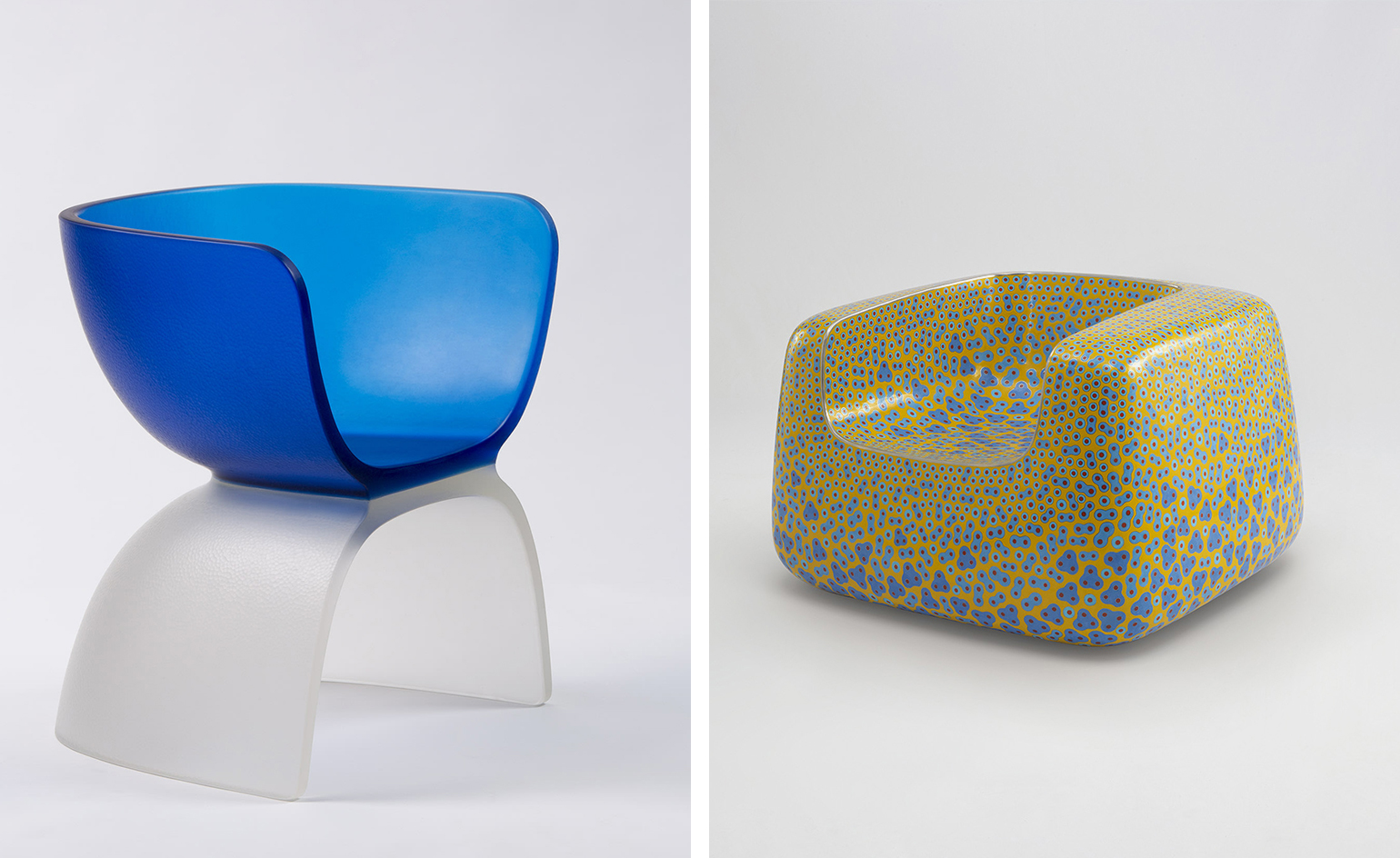
British designer Marc Newson has built a career taking traditional manufacturing techniques and applying them to create unexpected silhouettes for products ranging from watches to transport. The approach has yielded pioneering works such as the Lockheed Lounge (1986) and the Embryo Chair (1988), tastefully blurring the line between design and art. His latest exhibition is no exception, bringing together colossal cast-glass chairs, Murrina glass consoles, cloisonné enameled desks, aluminium surfboards, and an Aikuchi sword. The show, which opens today at Gagosian in New York City, marks the first showcase of the designer’s work in over a decade.
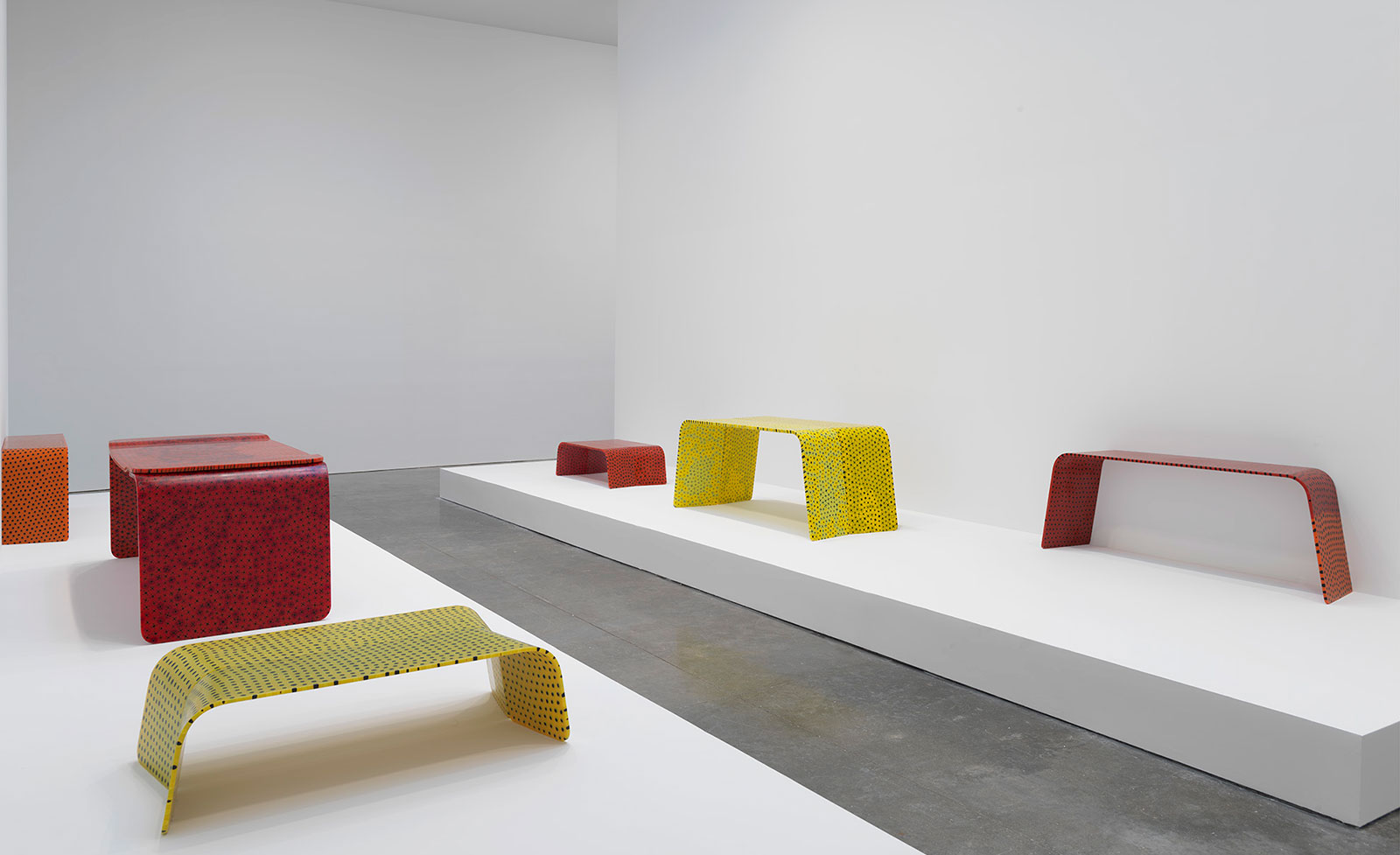
Marc Newson, installation view, 2018. © Marc Newson. Courtesy Gagosian
Wallpaper*: For someone not familiar with your body of work, and the range within it, it this might seem like a pretty eclectic collection of objects.
MN: To someone that is familiar with my work it would seem fairly understandable in the sense that they're all mediums that I've worked through. Take the surfboard; there’s a history there because when I had my first show [with Gagosian] back in 2007, I designed a surfboard in nickel for the exhibition. From that perspective, this show is an evolution of that work. My work deals with the boundary between what we think design is and what we think art might be.
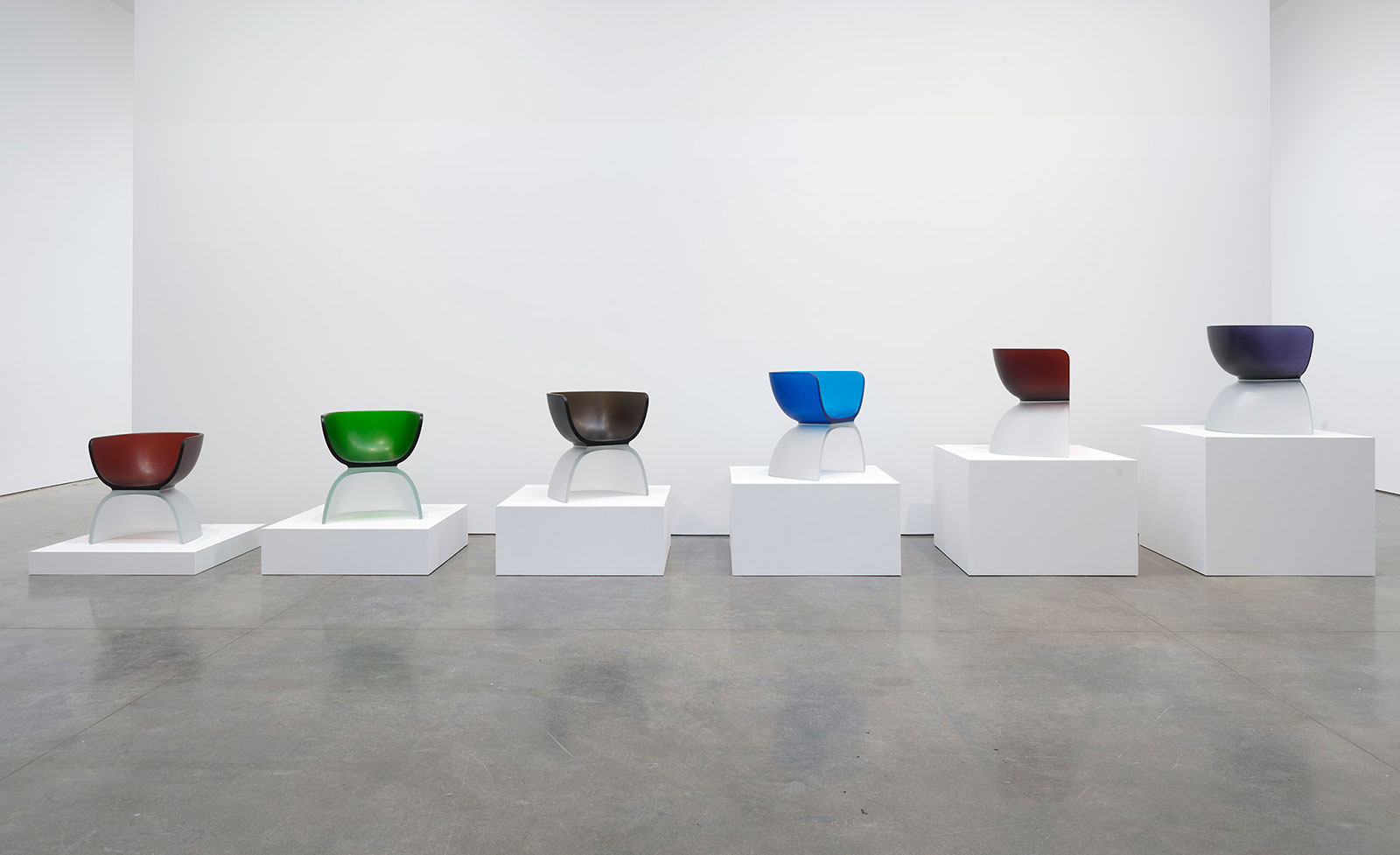
W*: Which comes first, the technique or the concept?
MN: In all of my work I'm always looking for processes and techniques that are completely anachronistic. I love recontextualising these things in a modern time. They're completely old but they're sort of new and nearly impossible. There's never a dull moment – culminating with having to transport an eight-foot-long glass piece from the Czech Republic to the gallery here in New York.
We now own a kiln and furnace in the Czech Republic so large that you can fit a car inside it
W*: You’ve taken materials that tend to be very delicate or fragile, yet these pieces appear substantial, both in stature and in durability.
MN: All of the techniques that I've utilised are designed to produce desktop-scale objects. By contrast, these are the biggest Murrina glass objects known to exist by an order of magnitude. This cast-glass chair takes six months just to sit in the kiln. It takes three months to heat up to the right temperature and then it takes another three months for the thing to cool down. They're then cut and finished by hand. They're deeply, deeply labour intensive. It took three years to find people that could even begin to understand what I wanted to do. We had to develop the techniques, the factories to build them. We now own a kiln and furnace in the Czech Republic so large that you can fit a car inside it.

Marc Newson, installation view, 2018. © Marc Newson. Courtesy Gagosian
W*: Tell us about the sword.
MN: The sword speaks to a significant part of what I do, which is dealing with crafts, in particular, dying crafts from various parts of the world. I was approached by the Japanese government in the wake of the tsunami that hit a handful of years ago. It wiped out part of a region known as Tōhoku that was heavily populated with craftspeople. The government set up a programme to help and, through it, I was paired with a swordsmith they refer to in Japan as a Living National Treasure.
The project took around five years to result in a final product, designed by me and utilising a blade manufactured by this National Living Treasure. I jumped at the opportunity because it's everything I love. In a very real sense, it straddles the border between art and design in very much the same way that the furniture does. It does it in a far more esoteric and profound way from an art and cultural point of view.
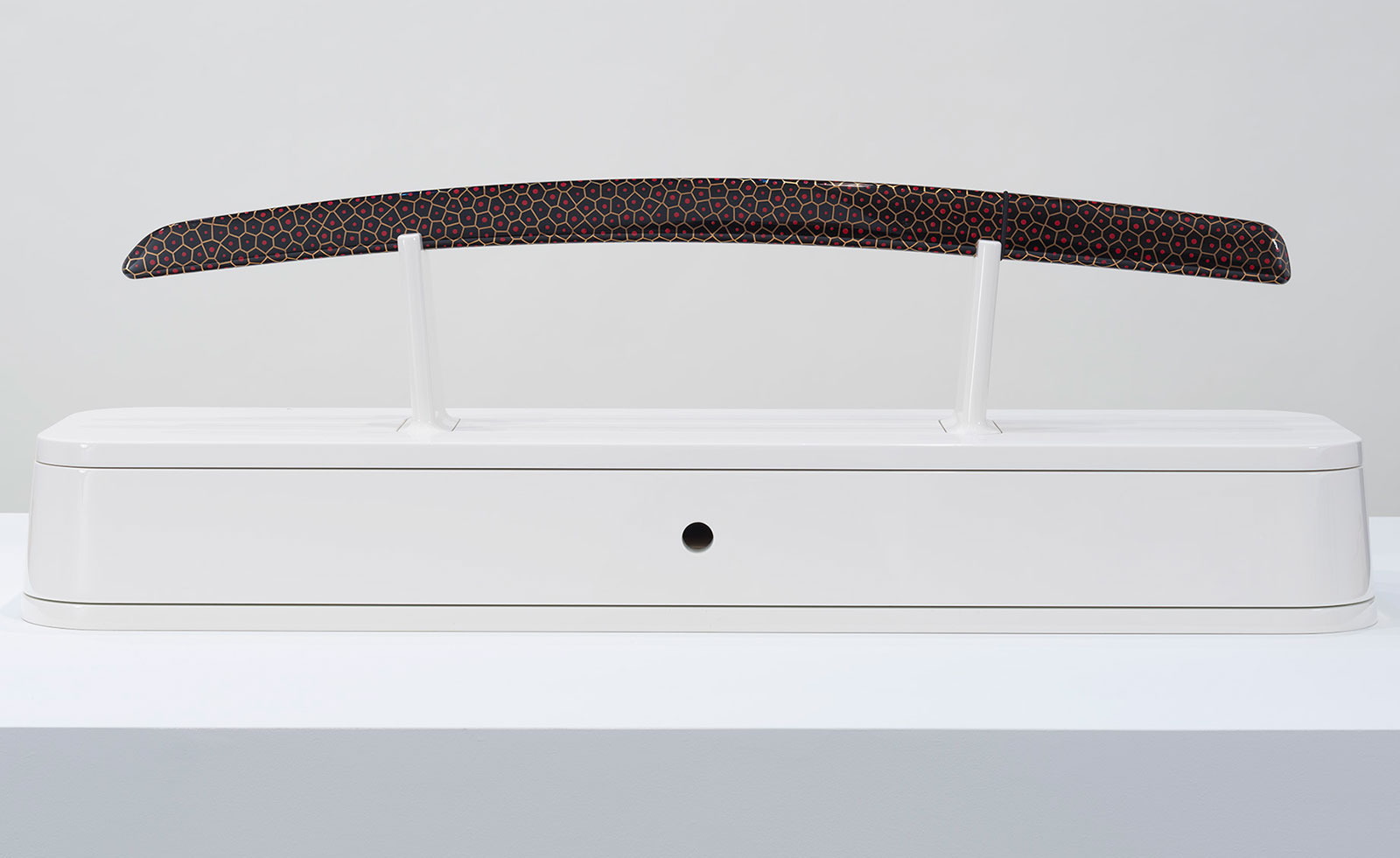
‘Aikuchi’, 2017. Wood, brass, steel, ray skin. Courtesy Gagosian
INFORMATION
Receive our daily digest of inspiration, escapism and design stories from around the world direct to your inbox.
‘Marc Newson’ is on view until 20 February. For more information visit the Gagosian website
ADDRESS
522 West 21st Street
New York
NY 10011
-
 Volvo’s quest for safety has resulted in this new, ultra-legible in-car typeface, Volvo Centum
Volvo’s quest for safety has resulted in this new, ultra-legible in-car typeface, Volvo CentumDalton Maag designs a new sans serif typeface for the Swedish carmaker, Volvo Centum, building on the brand’s strong safety ethos
-
 We asked six creative leaders to tell us their design predictions for the year ahead
We asked six creative leaders to tell us their design predictions for the year aheadWhat will be the trends shaping the design world in 2026? Six creative leaders share their creative predictions for next year, alongside some wise advice: be present, connect, embrace AI
-
 10 watch and jewellery moments that dazzled us in 2025
10 watch and jewellery moments that dazzled us in 2025From unexpected watch collaborations to eclectic materials and offbeat designs, here are the watch and jewellery moments we enjoyed this year
-
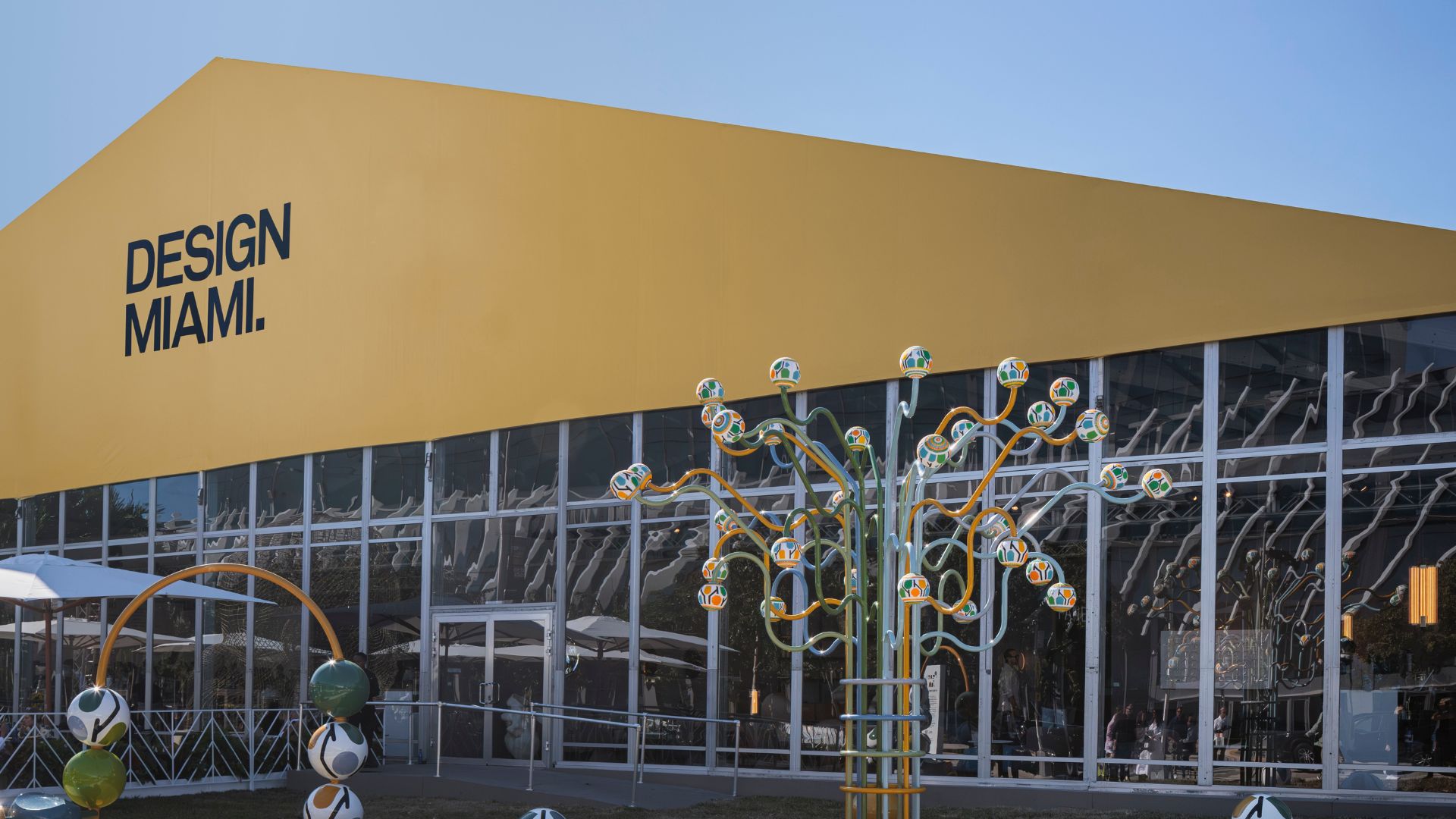 Everything you need to know about Design Miami 2025
Everything you need to know about Design Miami 2025The collectible design fair returns to Miami Beach in December for its 21st edition, alongside a vast array of art and cultural events across the city
-
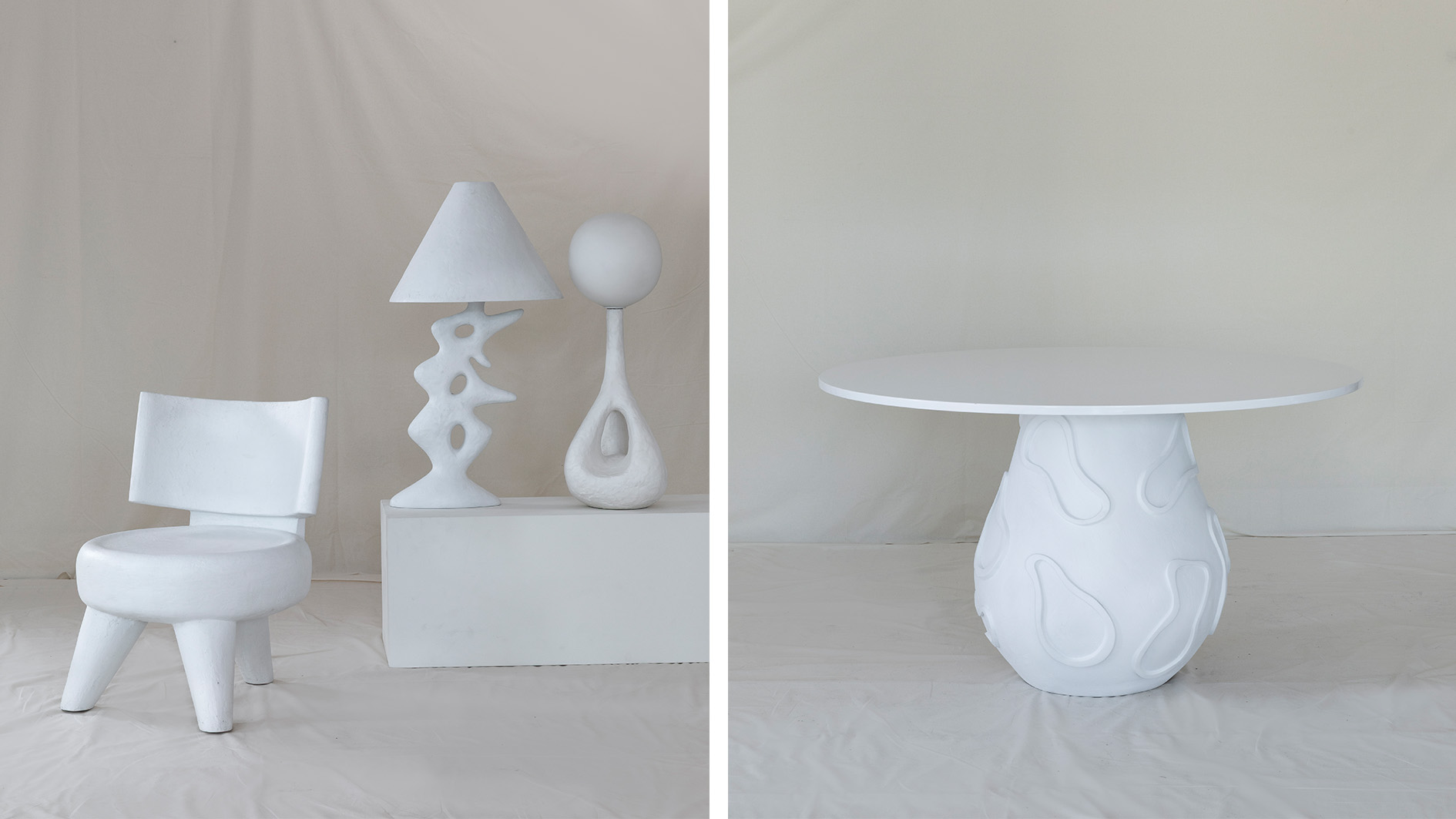 Ralph Pucci’s new Provence exhibition celebrates sculpture in its purest form
Ralph Pucci’s new Provence exhibition celebrates sculpture in its purest formTo mark 70 years of Ralph Pucci International, the New York gallery is collaborating with top designers to bring scaled, textural forms to Château La Coste
-
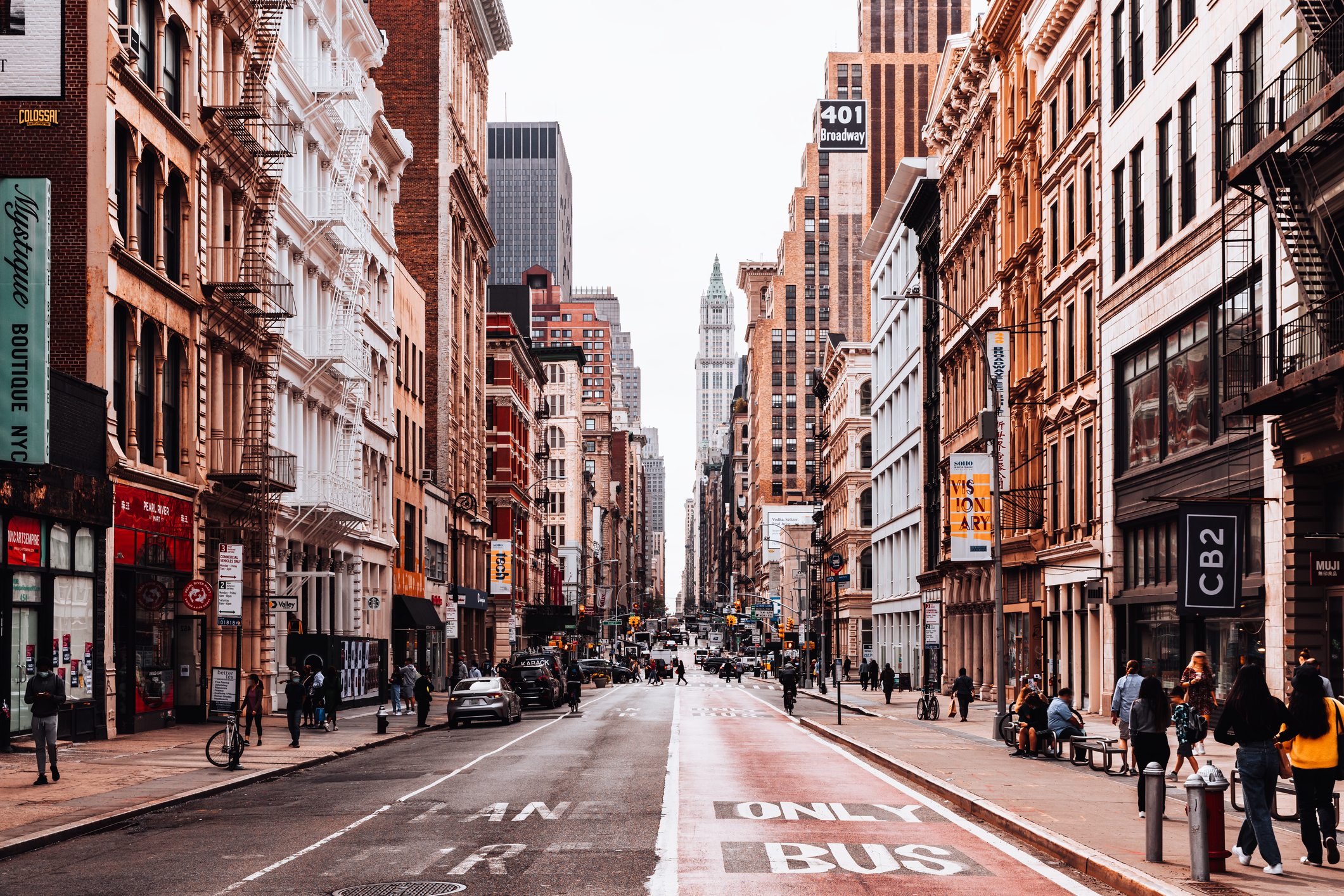 New York Design Week 2025: live updates from the Wallpaper* team
New York Design Week 2025: live updates from the Wallpaper* teamNow through 21 May, design is taking over the Big Apple. Here's the latest news, launches and other goings-on from NYCxDesign, as seen by Wallpaper* editors.
-
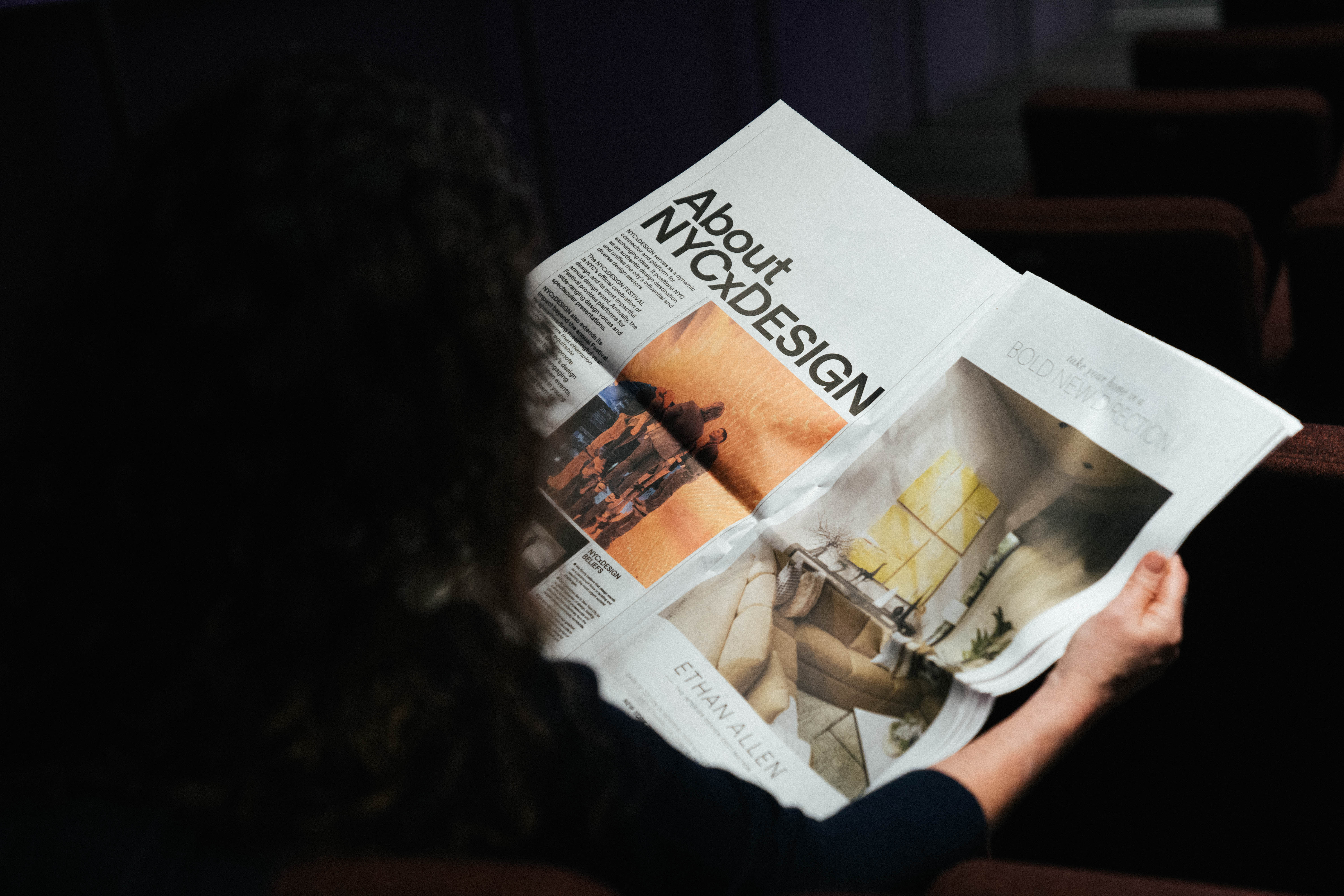 What not to miss at NYCxDesign 2025, according to our editors
What not to miss at NYCxDesign 2025, according to our editorsFrom mega furniture fairs to can't-miss parties, here's what to catch at North America's biggest celebration of design
-
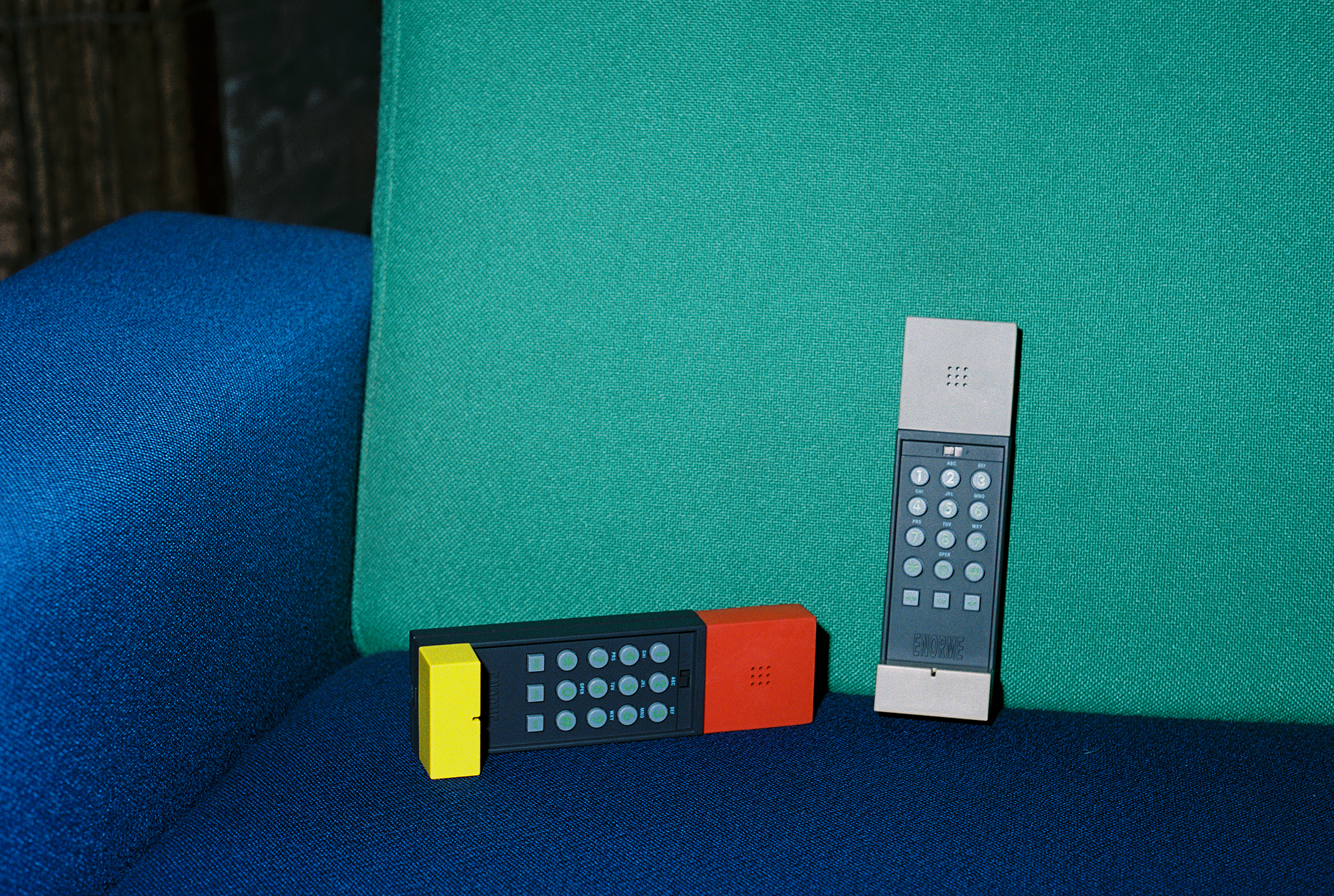 Basic.Space launches its first IRL shopping event – in an empty West Hollywood mall
Basic.Space launches its first IRL shopping event – in an empty West Hollywood mallWith the launch of its first in-person event in LA this weekend, the e-commerce platform is looking to bring collectible design to a whole new audience
-
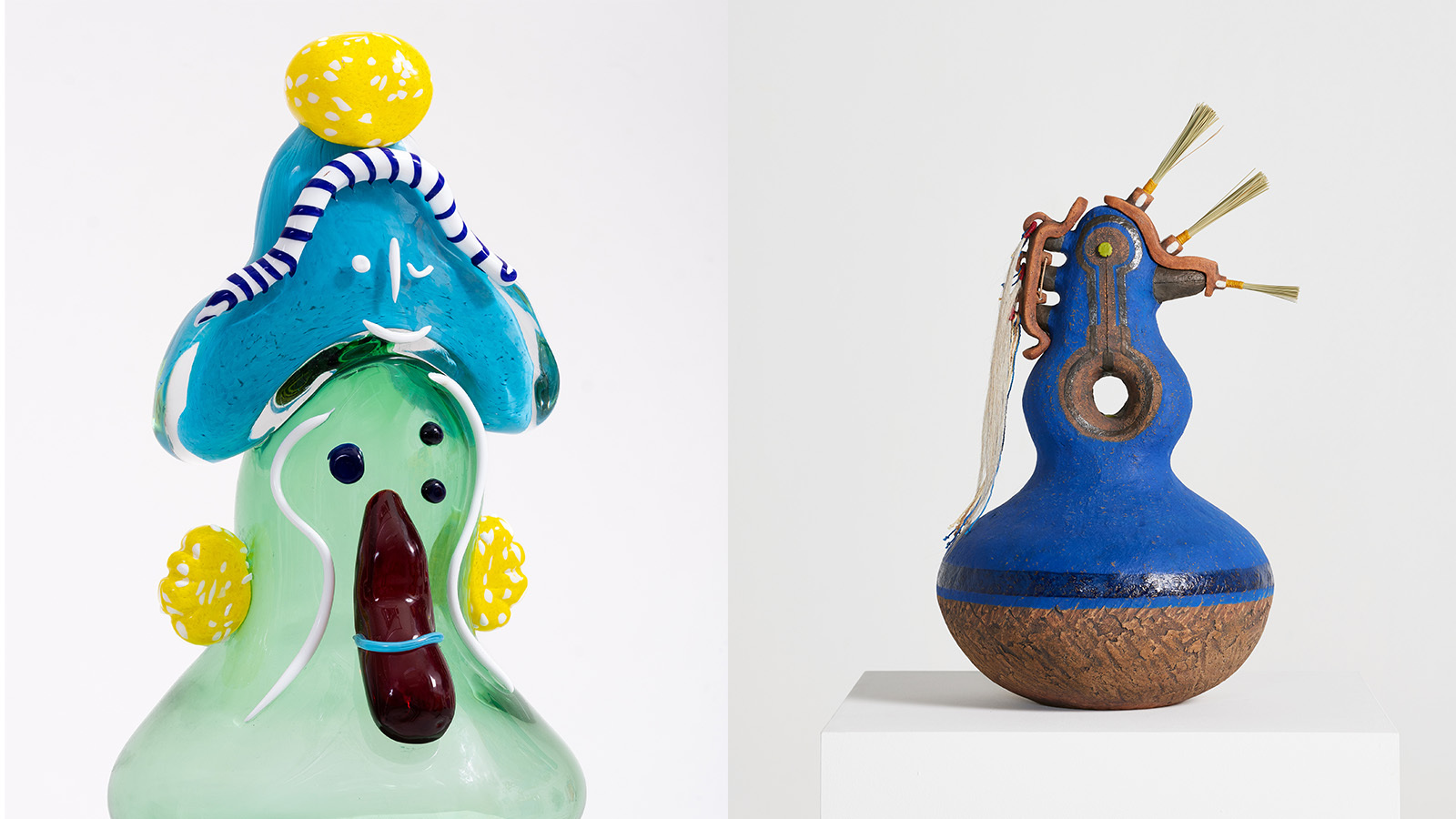 Design Miami 2024 is alive with possibility: here are 14 things to see
Design Miami 2024 is alive with possibility: here are 14 things to seeDesign Miami 2024 opens 4-8 December – let Wallpaper* guide you to the highlights, from dazzling installations to plump sofas and anthropomorphic sculptures
-
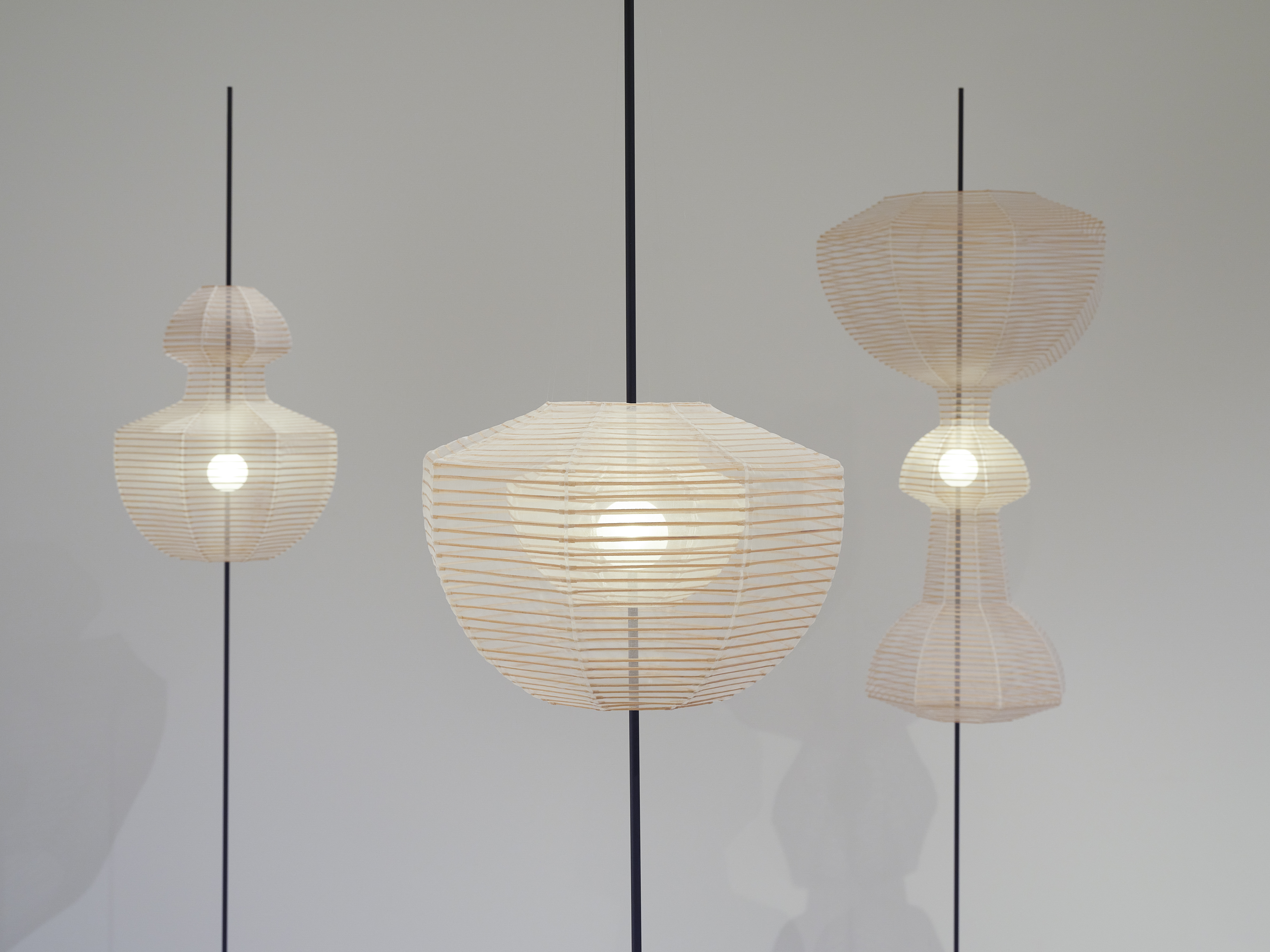 Nendo’s collaborations with Kyoto artisans go on view in New York
Nendo’s collaborations with Kyoto artisans go on view in New York‘Nendo sees Kyoto’ is on view at Friedman Benda (until 15 October 2022), showcasing the design studio's collaboration with six artisans specialised in ancient Japanese crafts
-
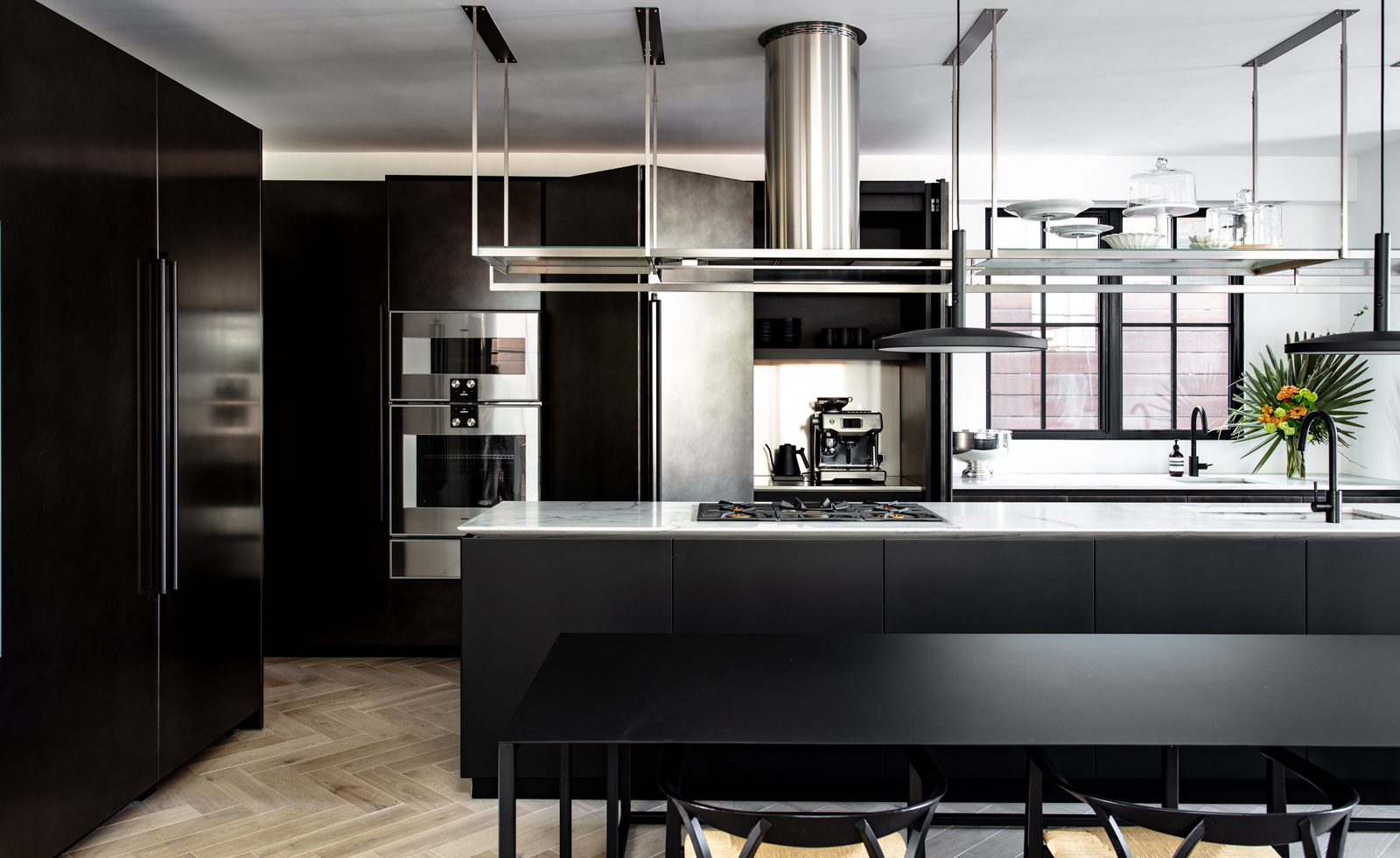 Italian craftsmanship comes to Los Angeles in this eclectic Venice Canals apartment
Italian craftsmanship comes to Los Angeles in this eclectic Venice Canals apartmentBoffi Los Angeles celebrates a juxtaposition of texture throughout a waterside bolthole